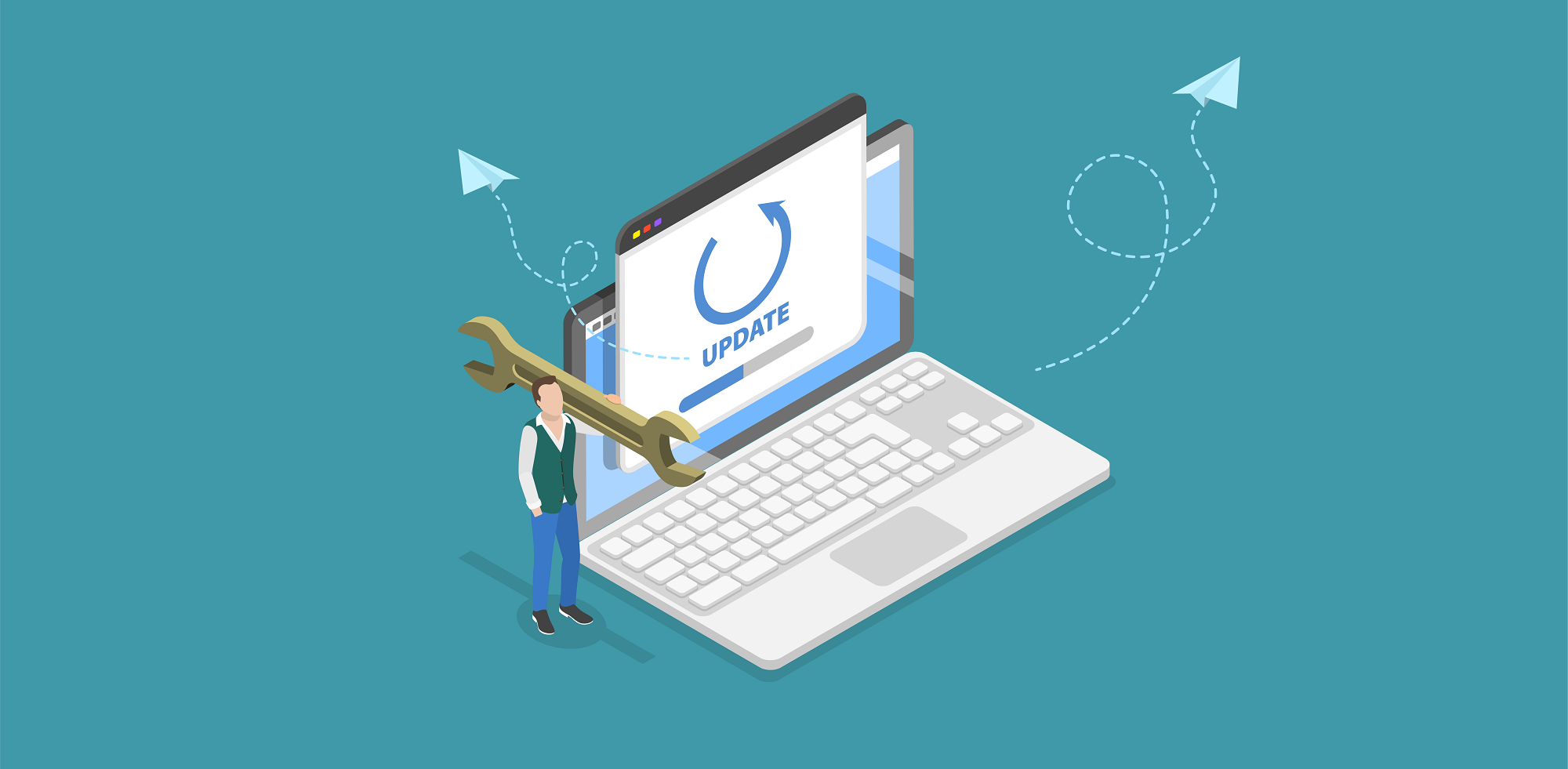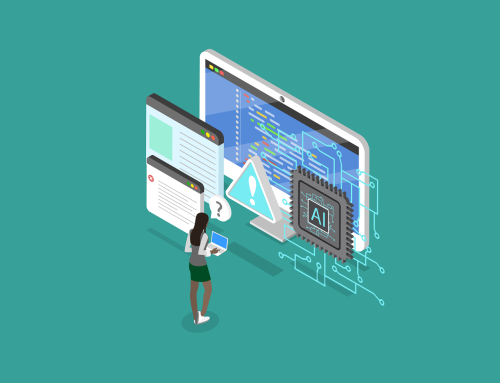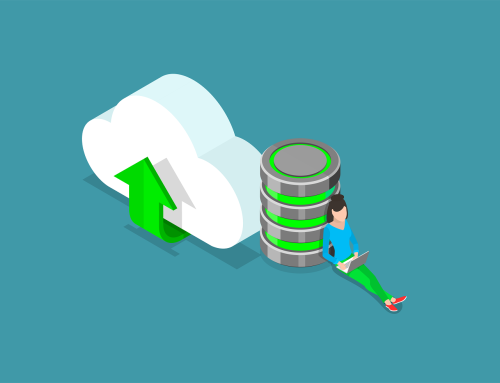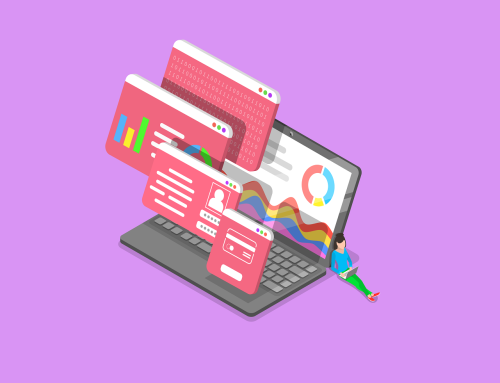The Challenges of Legacy Systems
Many organisations around the world continue to use legacy software to manage data/customer relations and perform basic tasks. The term legacy system refers to a piece of software or technology that is no longer agile enough to meet the current requirements of the organisation.
The impact of legacy applications stretches beyond IT departments and can be felt in all areas of a business.
Discussed below are some of the main challenges involved in relying on legacy software.
Security Risks
Due to the nature of using older systems, security risks are involved. Outdated software doesn’t always adapt to the evolving threat landscape. Lack of updates, bug fixes and patches can result in an increased level of vulnerabilities, making it an easier target for attackers.
Legacy systems may also lack proper backup and disaster recovery mechanisms. This makes it difficult to restore operations in the event of a security breach or system failure, resulting in prolonged downtime and potential data loss.
Data Silos
Legacy solutions are also less efficient at performing tasks and managing data, leading to siloed data.
Siloed data means all of your data is held in different areas of the business. While modern organisations usually strive to create a Single Customer View, with legacy systems, data is often disjointed and unconsolidated.
Because your data is siloed, it can cause roadblocks, frustrations and eventually financial loss.
Support
As is the case with the majority of software used by organisations, there tends to be a deadline date for software support. The immediate problem with lack of support means the risk of a security breach is higher.
While support may still be available for some older software, it’ll come with a heavy price tag, adding considerably to your operating costs.
Compatibility
As systems age considerably over time and aren’t adapted to the modern technology landscape, the level of compatibility with other software and hardware declines.
Many organisations use e-commerce platforms and CRM systems to manage day-to-day activities. It can be difficult for these off the shelf solutions to be compatible with legacy systems, essentially blocking your organisation from improving the employee experience, leading to frustration.
Solution
Making the move away from legacy solutions is not something that is decided on a whim. Weighing up the pros and cons on whether your organisation’s legacy solution is still fit for purpose will give you a greater insight into your requirements.
When your legacy solution is no longer performing the way you wish, your options include replacing, extending or migration:
Replacing: When the legacy software is no longer fit for purpose or meets the business requirements, completely replacing it may be an option. This will cause significant disruption and be a costly method of upgrading your systems, but sometimes it may be required.
Extending: If the core functions of your legacy systems are still serving appropriately, smaller upgrades and support extension may keep a full replacement at bay for a few more years. With this option you can modernise your systems without having to take on a massive software replacement project.
Migration: Legacy migration is the process of incrementally moving applications to a modern solution. This is when your existing application is rebuilt on top of a modern app architecture. This helps deliver a more reliable version of the systems your employees are already familiar with, while also giving them the flexibility that only modern infrastructure can offer.
Are you considering a custom software solution project for your organisation in 2023? If so, contact us today on +353 1 8041298, or click on the link below to be brought to our contact form.









